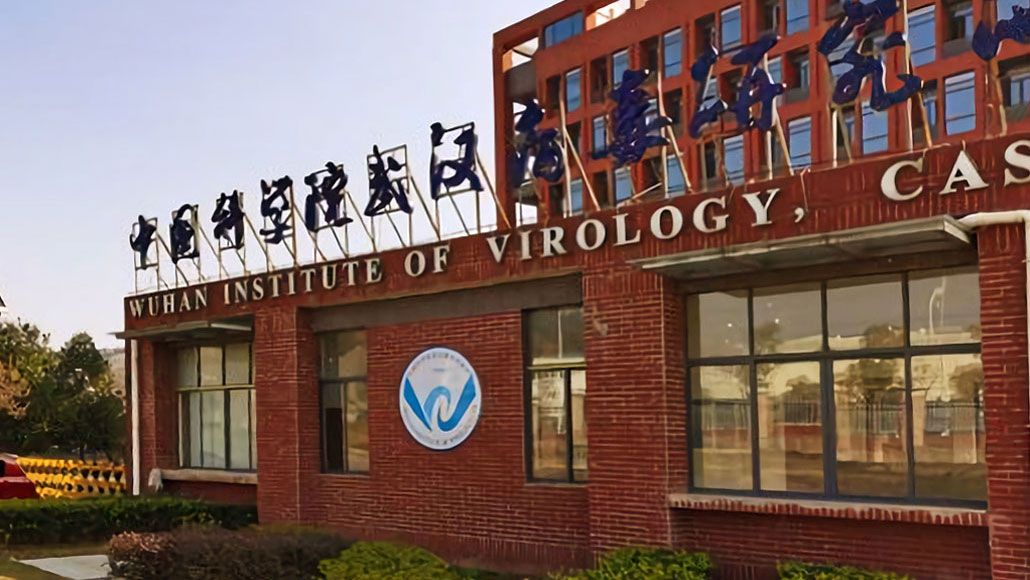
Trust Science?
This week brought a startling development in the debate over the Covid epidemic. President Biden signed an executive order commanding the U.S. intelligence community to renew its investigation of the virus’ origins. This follows on an admission by Avril Haines, Director of National Intelligence, that we do not know conclusively how the disease first started.
This is a notable turnaround in light of last year’s seemingly solid scientific consensus that the virus emerged in a Chinese wet market as it jumped species from bats (perhaps) to humans. The reexamination questioned the conclusion of a recent World Health Organization report that largely dismissed the possibility that the virus accidentally escaped from a Chinese laboratory, the Wuhan Institute of Virology. That report had been written with input from Chinese scientists, following a visit to China in which access to sources in Wuhan was severely restricted.
___STEADY_PAYWALL___

The question of virus origins had of course become hugely politicized. Donald Trump in his inimitable way promoted the lab-escape theory and began talking about the “China virus”, and his conservative allies pushed more outlandish theories that SARS2/Covid was actually a bioweapon deliberately released upon the world. In response, a groups of virologists signed a statement definitively supporting the wild origins theory. This supposed scientific consensus was then taken up by the mainstream media as gospel truth, and many liberals began attacking proponents of the lab-origins theory as a manifestation of anti-Chinese conspiracy-mongering and hysteria.
The most comprehensive account of the state of knowledge of this question to date was published in the Bulletin of the Atomic Scientists by Nicolas Wade, the veteran science reporter who spent a long career at the New York Times. Wade noted that we do not as of now know whether the wet market or lab-escape theories are correct, but he lays out in painstaking detail the evidence behind each. The wet market theory appears very shaky: after more than a year of searching, a Covid virus precursor has not been found in any animal population, nor is there evidence of transmission through intermediate species. The lab theory, on the other hand, is supported by a lot of circumstantial evidence. Some of this comes from the nature of the virus itself, whose spike proteins do not exist in nature but could have been added as a result of so-called “gain-of-function” research that deliberately increased the human transmissibility of an existing virus. This type of research is conducted in order, purportedly, to come up with antidotes to possible future viruses, but had been banned by the NIH up until 2017. We know that this type of research was being conducted at the Wuhan Institute; indeed, we know the name of the researcher, Shi Zheng-li, who was conducting those gain-of-function experiments. We also know that the safety protocols at that Institute were very lax, and that a number of researchers had come down with Covid-like symptoms late in 2019.
The story gets worse, however. The research at the Wuhan Institute may have been funded by the National Institute of Allergy and Infectious Diseases (NIAID), the unit headed by Anthony Fauci, which is part of the National Institutes of Health. The Chinese researchers had been working with Peter Daszak, president of the EcoHealth Alliance, who was one of the organizers of the Lancet letter denying the possibility of the lab-escape theory. The conflict of interest here was obvious, since that theory would have pointed a finger of responsibility for the global pandemic directly back at him and his project. Looking into the lab-origins theory is thus not an exercise in anti-Chinese hysteria; rather, the theory points to American complicity in outbreak of the disease.
Some of Wade’s harshest criticism is directed at the American press, which bought into the wild origins theory and failed to follow up on the alternative evidence that was there from the start. He himself notes that none of the evidence to date establishes conclusively which of the theories of virus origins is correct; we probably will not know that until the unlikely day that China decides to come clean on its role in the crisis. But further digging into this issue is clearly merited, as is the cogency of Biden’s new executive order.
Throughout my very liberal neighborhood in Palo Alto, there are numerous lawn signs declaring “We believe in science.” This sentiment is understandable in light of the egregious behavior of former President Trump and his allies, who pushed ridiculous theories about hydroxychloroquine and injecting bleach as a matter of short-term political self-interest. There is no question that blaming China for the pandemic was a convenient way of deflecting attention from the administration’s own failures, and this overtly political strategy has indeed stoked anti-Chinese hysteria.
But “trusting science” is also a simplistic and misleading sentiment. “Science” does not speak with one voice, or offer authoritative conclusions about what the truth is. Individual scientists like Peter Daszak are human beings with their own self-interests, and looking into their motives is fair game for honest investigative reporting. What we should trust is not scientists, but the scientific method underlying their work, which is constantly evolving and never offers more than probabilistic judgments in its conclusions.
American Purpose newsletters
Sign up to get our essays and updates—you pick which ones—right in your inbox.
Subscribe






